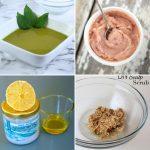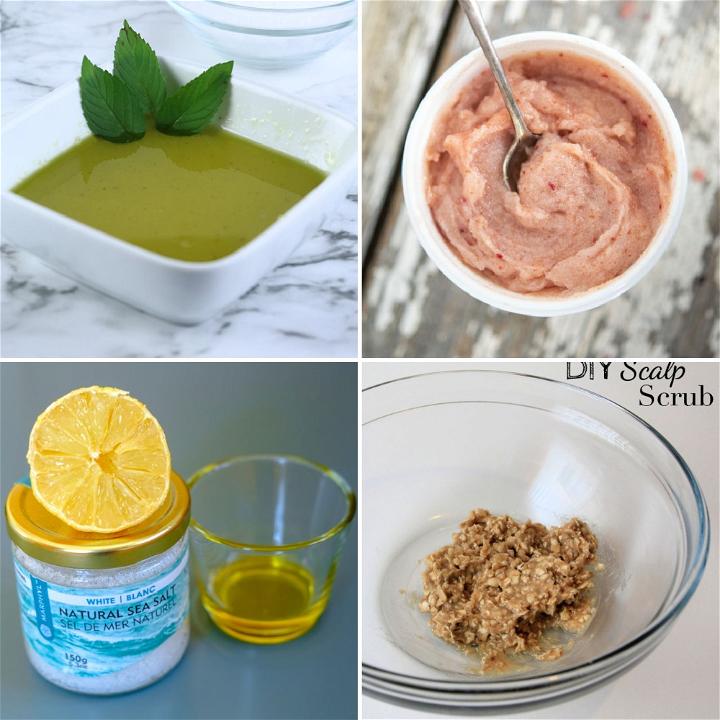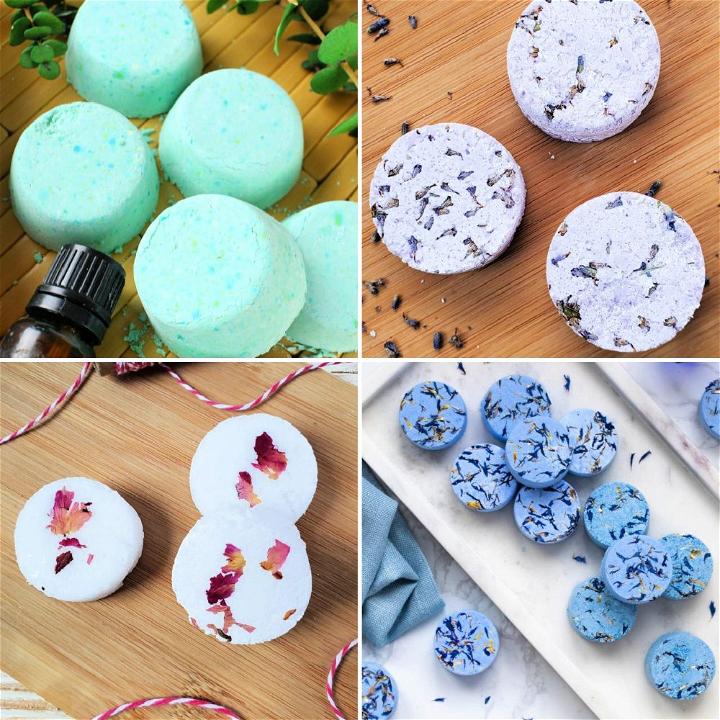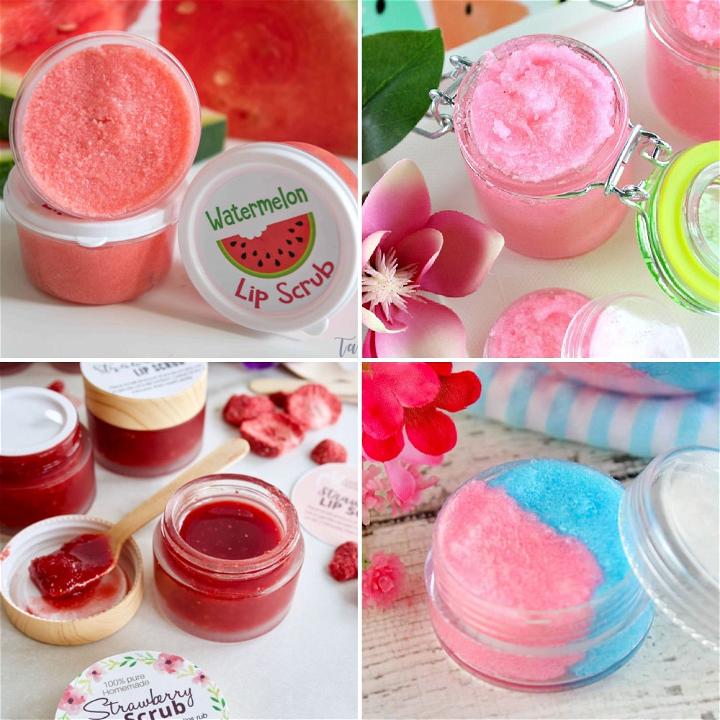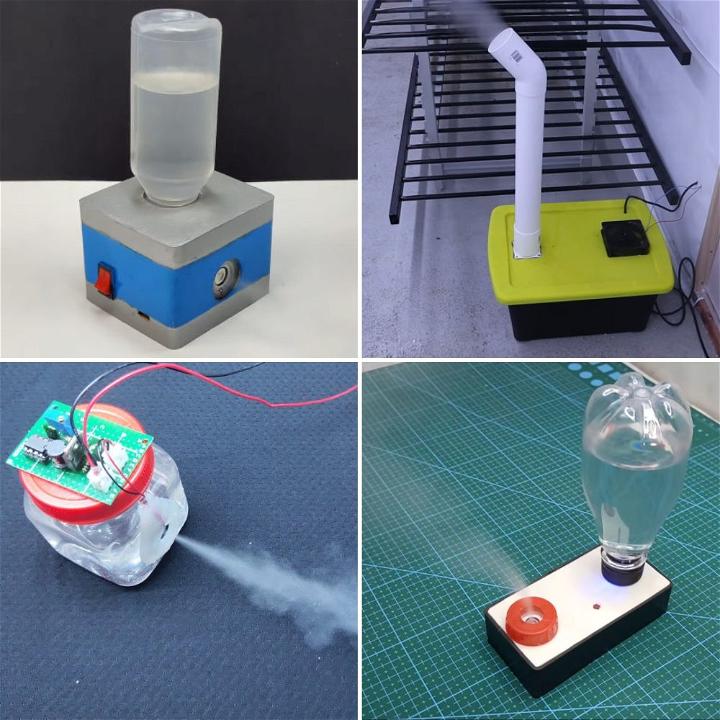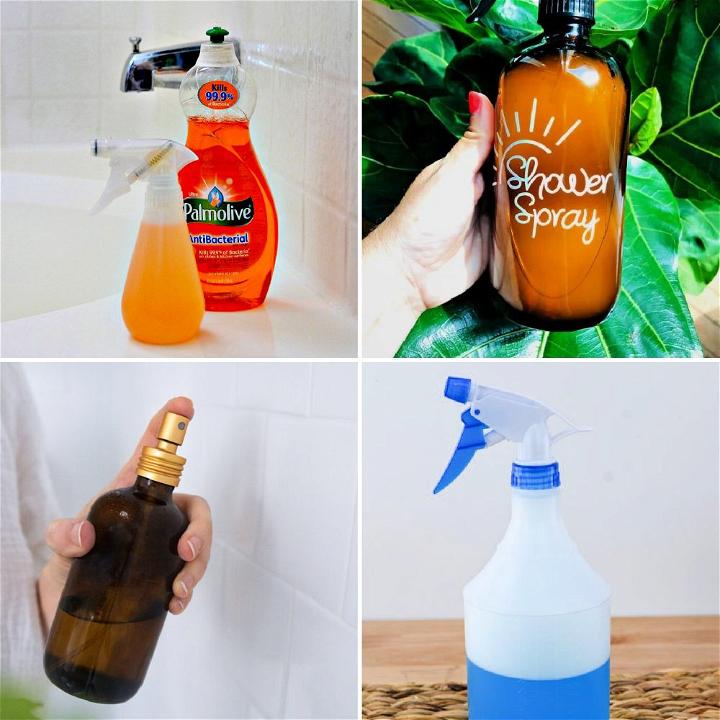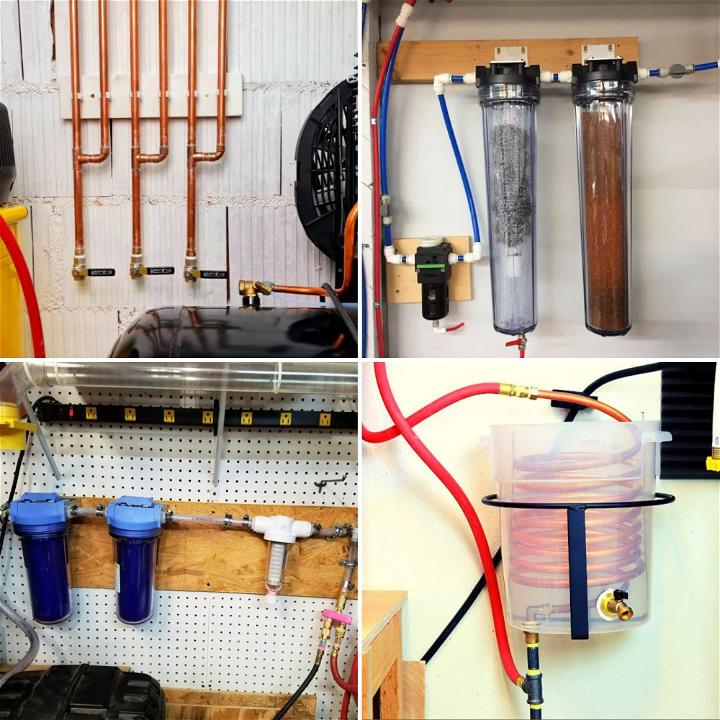Making a DIY pond filter from a trash can is an ingenious way to achieve crystal-clear water in your home pond, without spending a fortune. The tutorial below simplifies the process, making it accessible to everyone, regardless of DIY skill level. Follow these steps to make an efficient pond filter from a basic trash can.
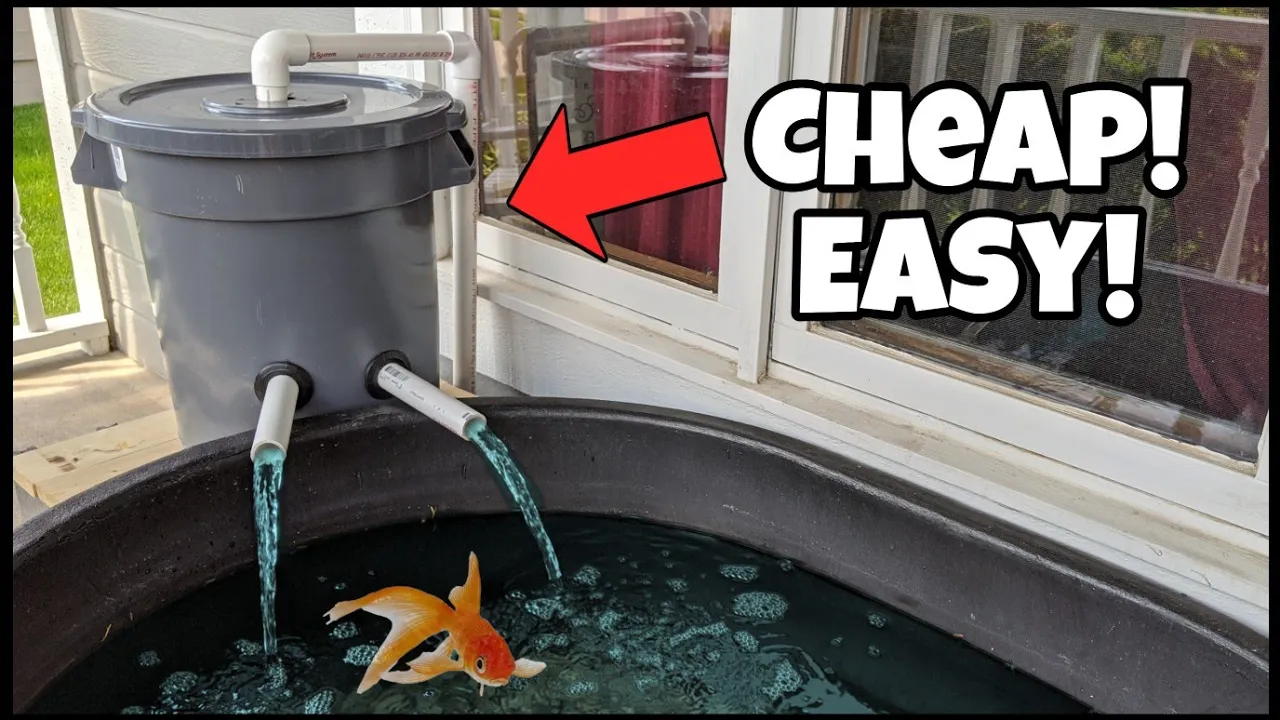
Materials You Will Need
- Trash can (10-gallon or larger depending on your pond size)
- High-quality pond pump
- PVC piping (1-inch diameter), including end caps, 90-degree connectors, and a T-connector
- Uniseals or silicone for sealing
- Lava rock
- Sponges or pot scrubbies
- Polyfill (quilt padding)
- Filter basket or a similar container with holes
- PVC cement (optional)
- Drill with drill bit and hole saw attachment
- Terra cotta pot or bricks
- PVC cutter
Steps to Build Your Pond Filter
Choosing the Right Container
The first step is to select an appropriate container for your filter. While we are using a 10-gallon trash can in this tutorial, ensure it's sturdy enough to hold all components without bowing or cracking under the weight.
Preparing the Trash Can
- Drill a Hole: Start by drilling a hole in the lid of the trash can. This will later house a part of the filter assembly.
- Secure a Flat Base: It's crucial to ensure your trash can sits on a flat, stable surface to prevent it from bulging or breaking under weight. Use cinder blocks and wood planks to make a stable base if needed.
Setting Up The Filtration System
- Drill Holes for Returns: Drill additional holes for the water return lines on the side of the can. These should match the size of your PVC pipe.
- Install Uniseals: Insert uniseals into the holes you've drilled for a watertight seal. If you find the seal isn't perfect, applying silicone around the edges can help.
Installing the Pump and Making the Filter Media
- Position the Pump: Place your pump inside a protective container with holes (like a small trash can or a bucket with holes) to prevent it from draining the pond in case of leakage. Set this assembly on a terra cotta pot inside your primary filter can to elevate it from the bottom.
- Assemble the PVC: Cut the PVC to make a path for the water from the pump through the filter media. Use a T-connector to make a spray bar which will distribute water evenly over the filter media.
- Add Filter Media: Fill the bottom part of the trash can with lava rock, followed by sponges or scrubbies in a filter basket. Top this off with a layer of polyfill for fine particulate filtration.
Testing and Final Adjustments
- Water Testing: Before permanently sealing anything with PVC cement, do a water test to identify and fix any leaks.
- PVC Cement: After confirming the setup works correctly, apply PVC cement to seal the connections between PVC parts.
- Fine-tuning: You may need to adjust the spray bar holes or the arrangement of the filter media based on the initial performance and to ensure an even distribution of water.
Maintenance Tips
- Regularly check and clean your filter media to maintain filter efficiency.
- Inspect the pump and PVC connections periodically for leaks.
- Replace polyfill as it gets clogged to ensure proper water flow.
Video Tutorial
For a step-by-step video tutorial on building this DIY pond filter, watch the insightful guide from SC Fishkeeping on YouTube.
This video pairs well with the written guide above, providing a visual context to the detailed steps mentioned here, making the DIY process even clearer and easier to understand.
With the right tools and a bit of patience, anyone can build this efficient and cost-effective pond filter.
Troubleshooting Tips for DIY Pond Filters
When making and maintaining a DIY pond filter, you may encounter several common issues. Here's how to troubleshoot and resolve them effectively:
- Clogged Filter Media: Over time, filter media can become clogged with debris, reducing the efficiency of your pond filter. To fix this, regularly rinse the media in a bucket of pond water to preserve beneficial bacteria.
- Water Leakage: If you notice water leakage around pipe connections, it could indicate that the seals are not tight enough. Reapply silicone sealant to any leaking joints to ensure a watertight seal.
- Insufficient Water Flow: A decrease in water flow might mean that the pump is blocked or the filter is too dirty. Check the pump for debris and clean the filter media as needed.
- Algae Overgrowth: Algae can quickly clog a filter system. Increase the frequency of cleaning and consider adding more plants to your pond to compete with algae for nutrients.
By addressing these common problems, you can maintain a healthy and clear pond environment.
Maintenance Schedule for DIY Pond Filters
To keep your DIY pond filter running smoothly, follow this maintenance schedule:
- Weekly:
- Inspect the filter for clogs and clean as necessary.
- Check all connections and tubing for signs of wear or leakage.
- Monthly:
- Perform a thorough cleaning of the filter media.
- Test the water quality and adjust as needed to maintain a balanced ecosystem.
- Seasonally:
- Before winter, ensure the filter is protected from freezing temperatures.
- In spring, do a complete system check and replace any worn-out parts.
Regular maintenance is key to the longevity and effectiveness of your DIY pond filter, ensuring a vibrant pond life throughout the year.
FAQs About DIY Pond Filters
Discover answers to your most burning questions about DIY pond filters. Learn how to make your own efficient filtration system at home.
What materials do I need to build a DIY pond filter?
To build a DIY pond filter, you will need a container such as a plastic storage bin or barrel, suitable filter media (like sponges, bio-balls, or lava rocks), a pump, and plumbing parts like tubing and connectors. The size and type of materials will depend on the size of your pond and the filter design you choose.
How often should I clean my DIY pond filter?
The cleaning frequency for a DIY pond filter varies based on the pond's size, the number of fish, and the filter's design. Generally, a visual inspection every week and a thorough cleaning once a month is recommended. During peak season, you may need to clean the filter more frequently.
Can I use plants in my DIY pond filter?
Yes, plants can be an excellent addition to your pond filter. They help absorb excess nutrients and provide natural filtration. Suitable plants for inclusion in a pond filter system include water hyacinth, water lettuce, and various submerged plants.
How do I know if my pond filter is working correctly?
A properly functioning pond filter will keep the water clear and free of excessive algae. You should also observe a good flow rate from the filter's outlet, and the water parameters should be within a healthy range for your pond's inhabitants.
What is the best pump size for my DIY pond filter?
The best pump size for your DIY pond filter depends on the volume of your pond. As a general rule, the pump should circulate the entire pond's volume at least once every two hours. Therefore, calculate your pond's volume and choose a pump with an appropriate flow rate.
How can I increase the efficiency of my DIY pond filter?
To increase the efficiency of your DIY pond filter, ensure it is adequately sized for your pond, use a variety of filter media to provide mechanical and biological filtration, and maintain a regular cleaning schedule. Additionally, consider adding a pre-filter to catch larger debris.
What are the signs that my pond filter needs maintenance?
Signs that your pond filter needs maintenance include reduced water flow, murky or discolored water, unpleasant odors, and increased algae growth. If you notice any of these signs, inspect and clean your filter immediately.
By addressing these FAQs, you can maintain a healthy and clear pond, ensuring a thriving ecosystem for your aquatic plants and animals.
Discover 20 Easy DIY Pond Filter Ideas to Keep Your Aquatic Oasis Clean and Thriving
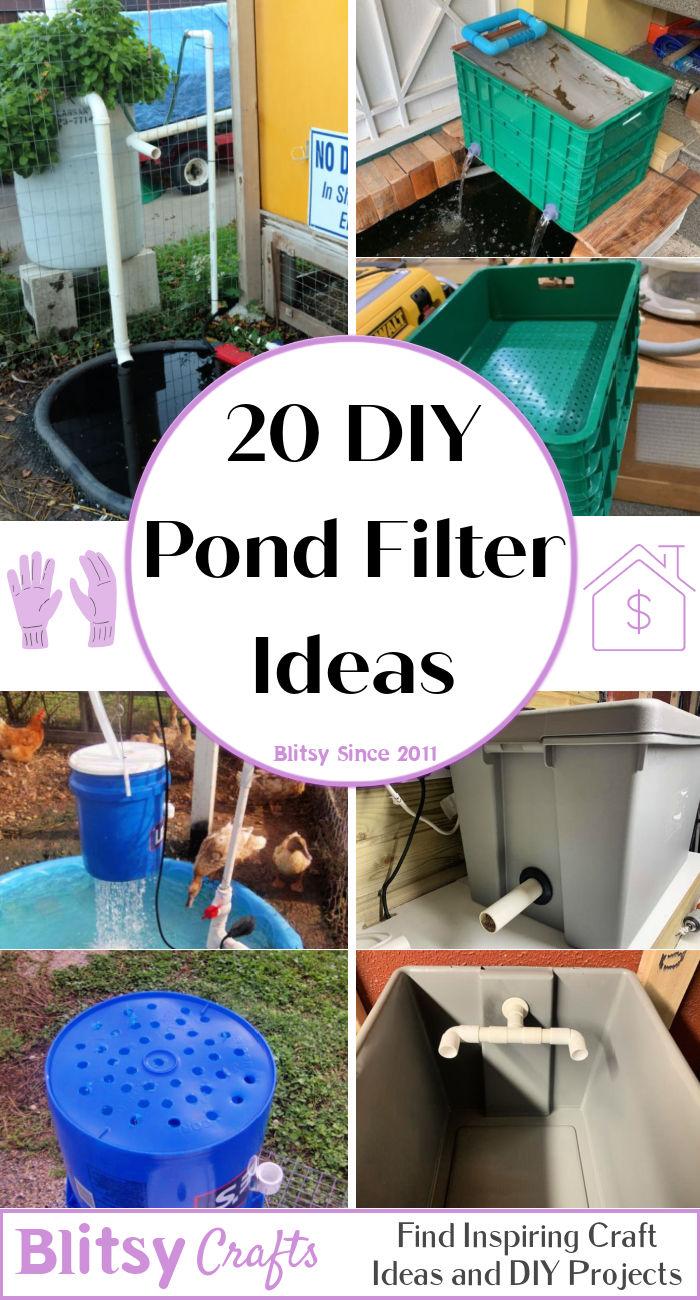
1. Homemade Koi Fish Pond Bio Filter
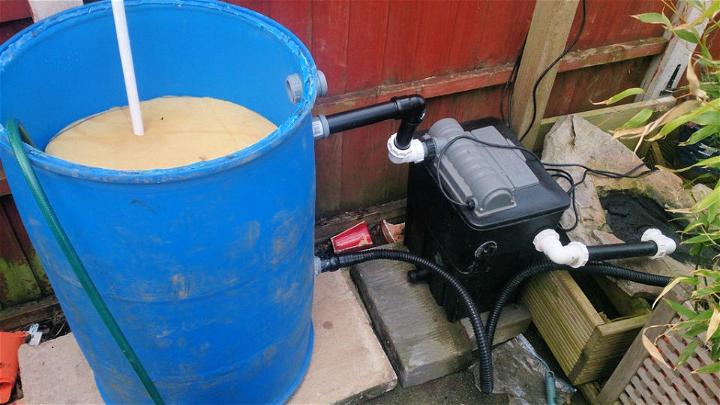
Making a homemade koi fish pond bio filter is a satisfying project. It purifies water, sustaining a healthy environment for your fish. Look forward to clearer water and happier koi!
2. DIY Pond Filter System
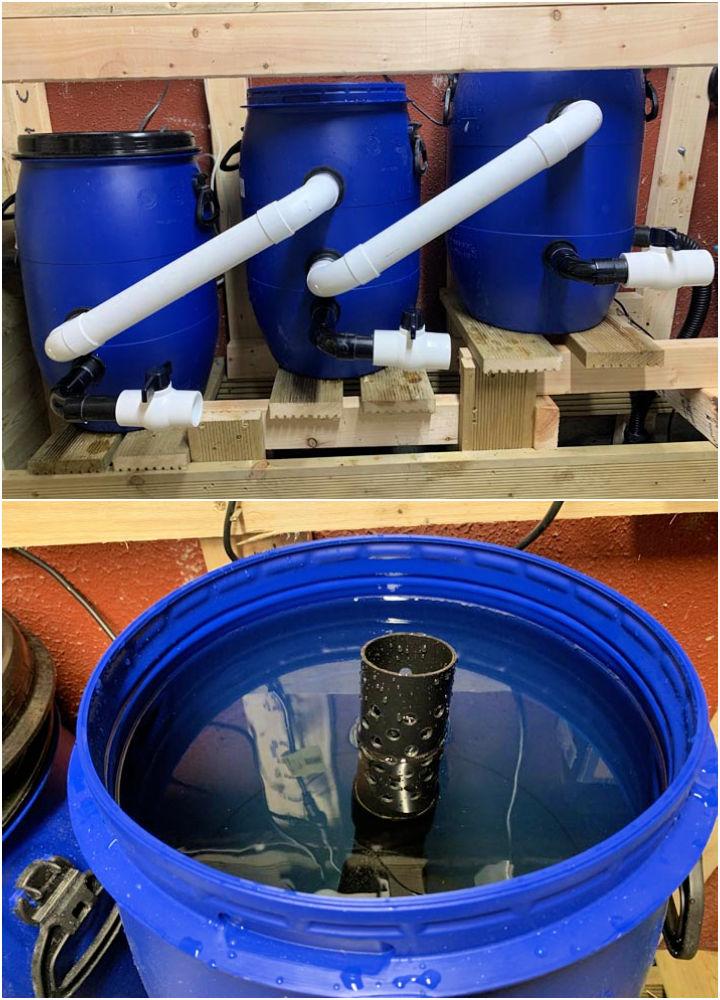
Embarking on a DIY pond filter system journey is gratifying. It's about using accessible materials to improve water quality. This project is an eco-friendly way to keep pond life thriving, enriching your backyard ecosystem.
3. Build a Gravitational Pond Filter
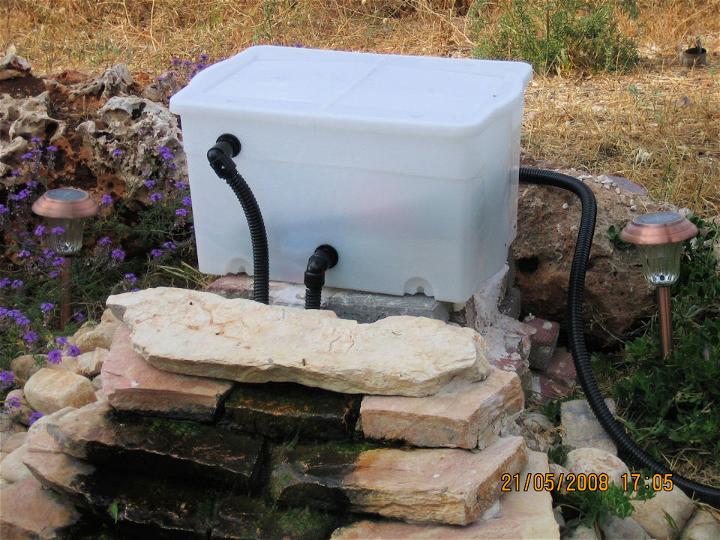
Making a gravitational pond filter is both innovative and efficient. By harnessing gravity, it naturally circulates water, filtering out impurities. This design minimizes energy use while maintaining a crystal-clear pond.
4. How to Build a Small Pond Filter
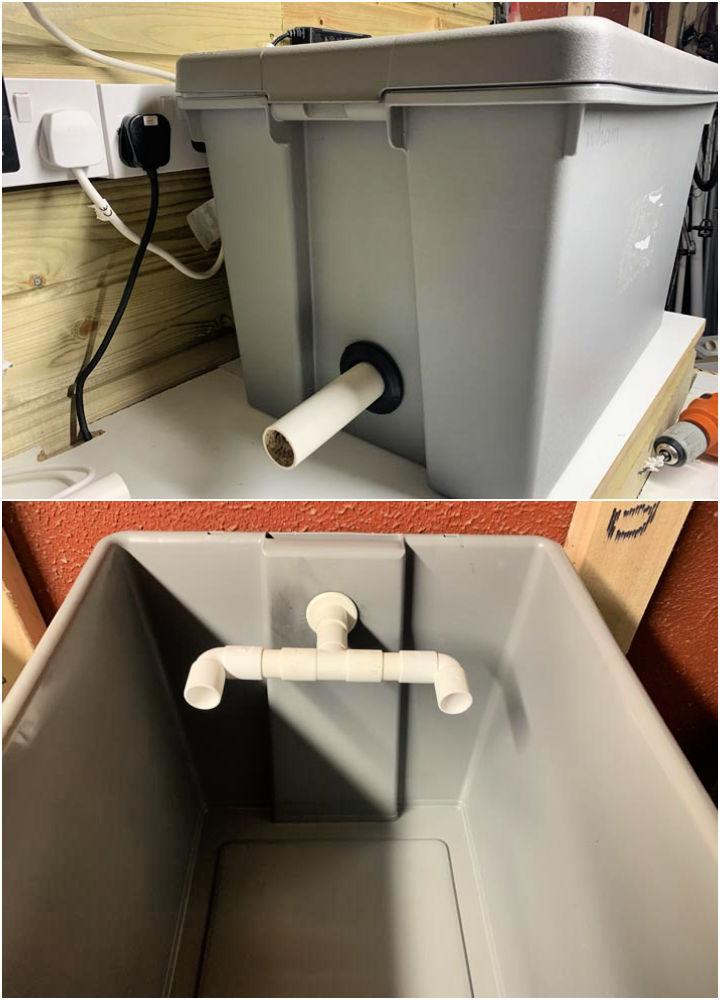
Building a small pond filter is simpler than you might think. Ideal for smaller water features, it keeps water fresh and algae at bay. This project boosts your pond's aesthetic and health with minimal fuss.
5. How to Make Duck Pond Filter
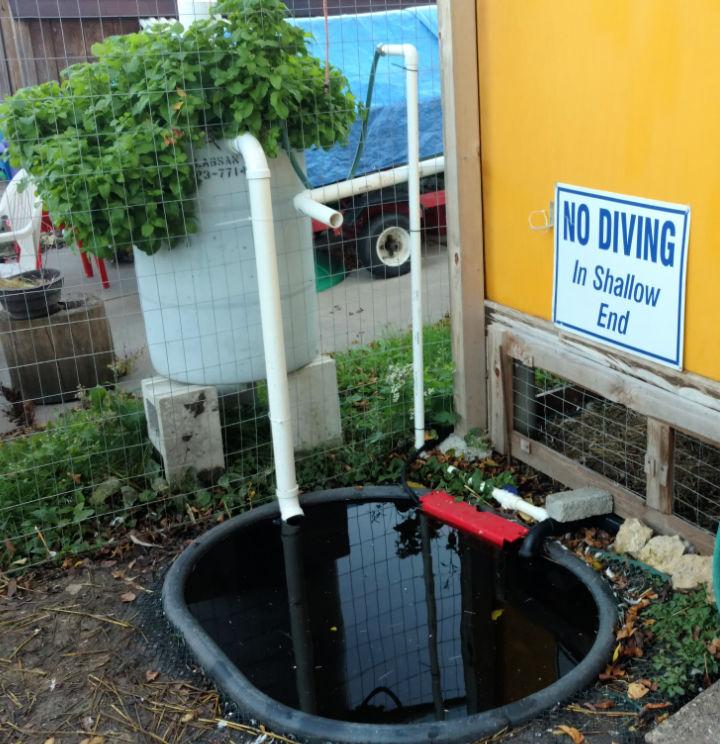
Designing a duck pond filter can be rewarding. It ensures clean, healthy water for your ducks, using simple materials. Enjoy watching your ducks frolic in pristine waters, thanks to your handiwork.
6. DIY Bio Filter for Pond
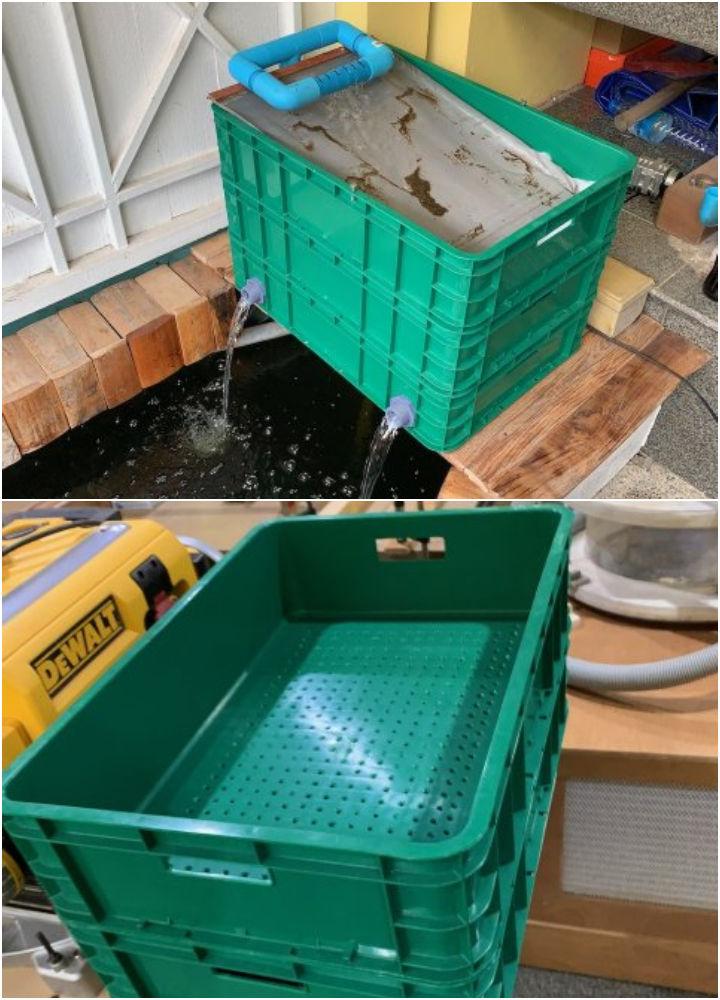
A DIY biofilter for your pond can be a game changer. It leverages natural processes to break down waste, providing clear water. This eco-conscious choice enriches your pond's biodiversity.
7. Building Your Own Koi Pond Filter
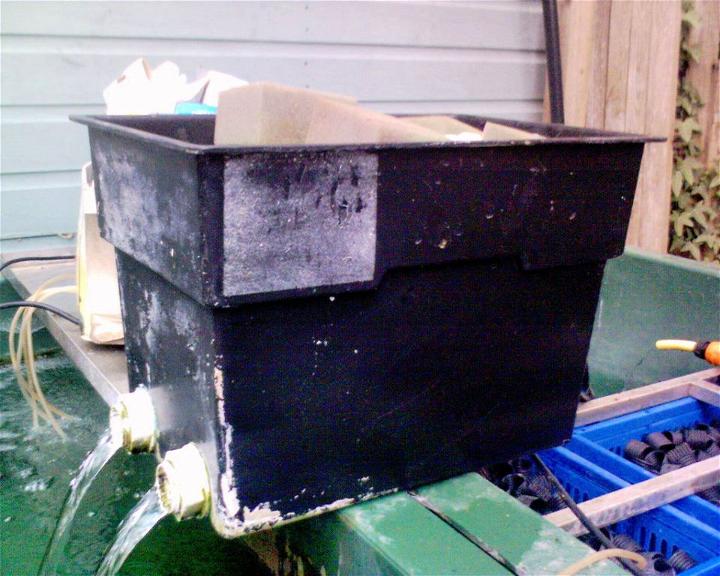
Building your koi pond filter not only saves money but also allows customized care for your fish. The result is a thriving koi pond with a personal touch, reflecting your dedication to their well-being.
8. Handmade Pet Turtle Pond Filter
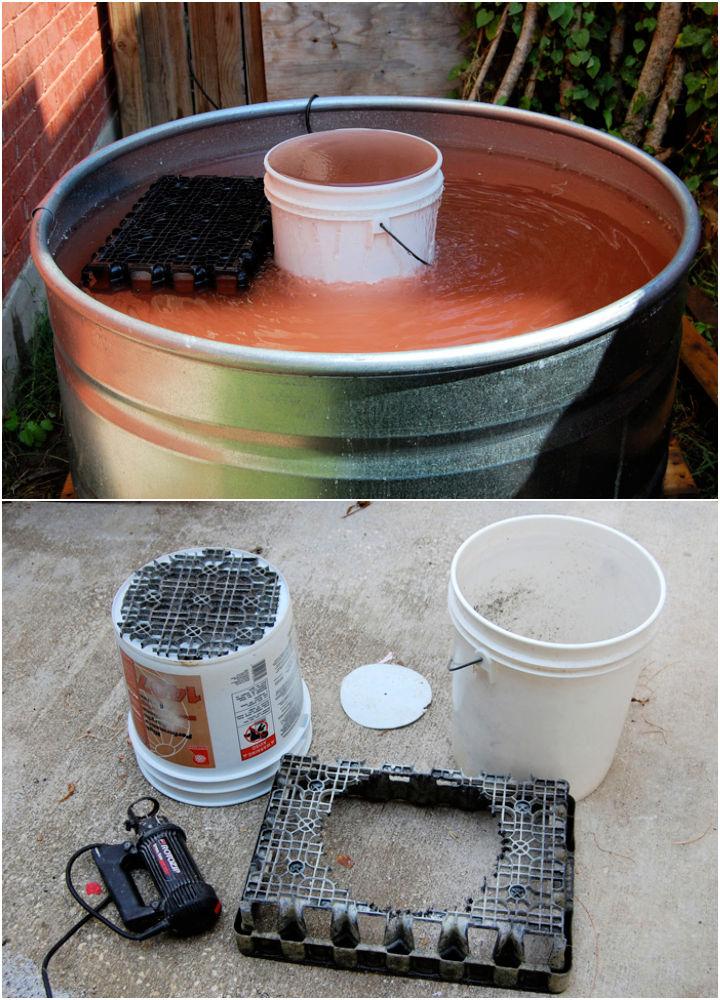
Making a handmade pet turtle pond filter can greatly enhance your turtle's habitat. It's about making a clean, safe environment for them to explore. Your efforts will be rewarded with a lively, healthy pet.
9. Homemade Pond Filter Using Trash Can
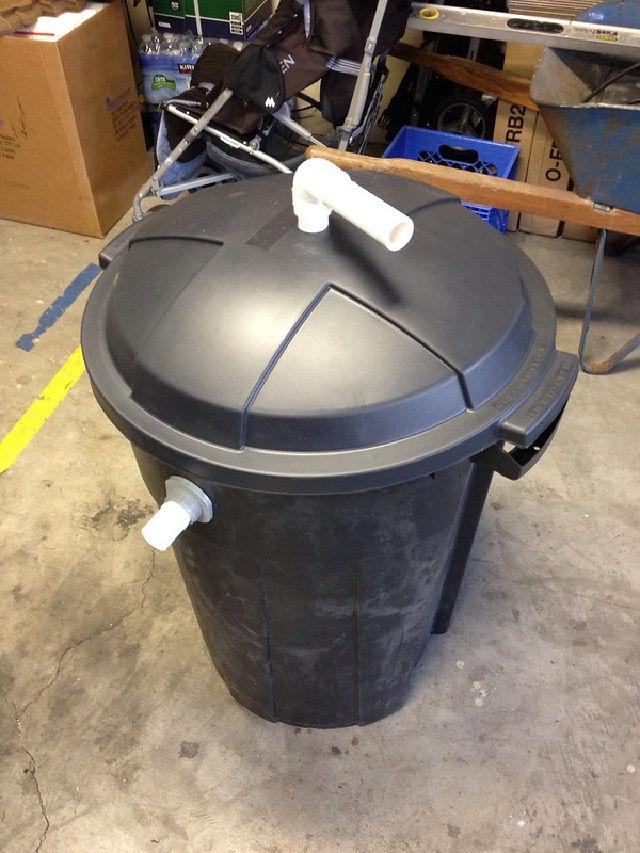
A homemade pond filter using a trash can is an inventive and cost-effective solution. It demonstrates how everyday items can be repurposed for environmental stewardship. Enjoy a cleaner pond with this clever hack.
10. DIY Duck Pond Filter and Shower
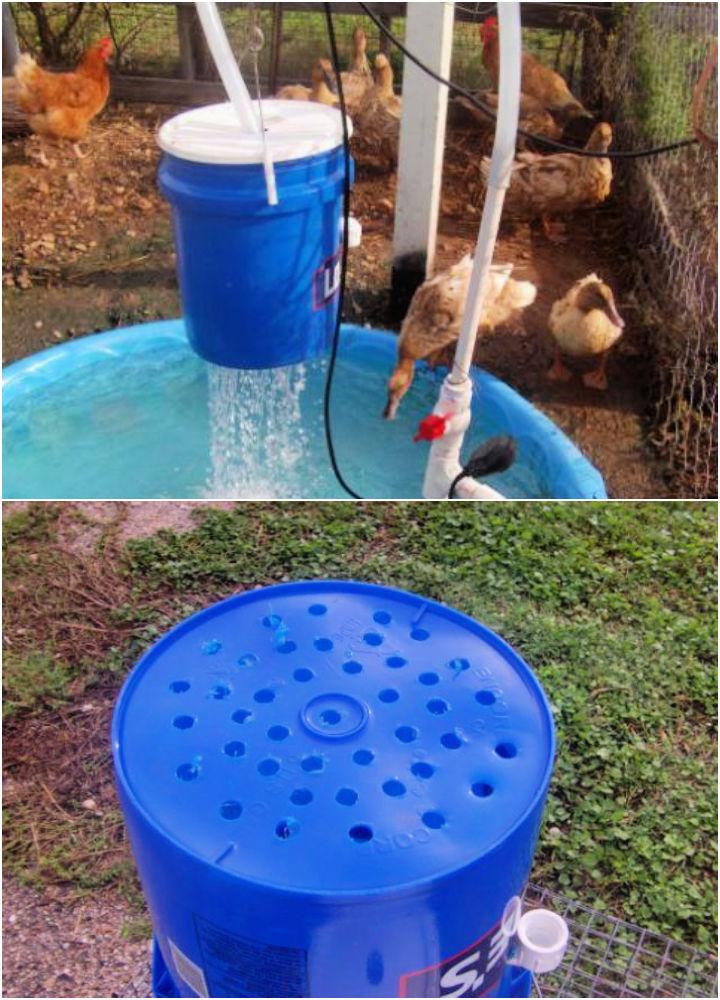
Constructing a DIY duck pond filter and shower offers a multifaceted approach to pond maintenance. It keeps the water clean while providing a fun spot for ducks. This dual-purpose project is both practical and enjoyable.
11. How to Make Biological Pond Filter
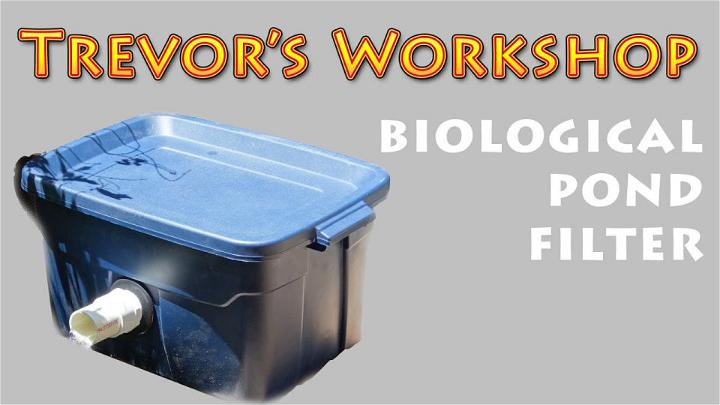
Making a biological pond filter involves cultivating beneficial bacteria. These microbes break down harmful pollutants, ensuring your pond remains a healthy ecosystem. Utilize filter media, like sponges or bio-balls, in a container for optimal microbial growth, enhancing water clarity naturally.
12. Make Easily Pond Filter From Trash Can
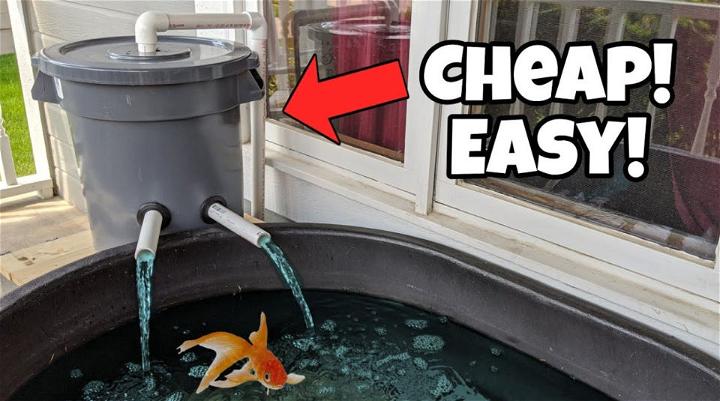
Transform a trash can into an efficient pond filter with ease. Drill holes for water ingress and egress, and fill them with layers of mechanical and biological filter media. This affordable solution effectively maintains water quality, making your pond vibrant and clear.
13. Cheap DIY Fish Pond Filter

Making a budget-friendly fish pond filter can be simple. Use materials like plastic containers and suitable filter media to make a system that removes debris and promotes clear water. It's an economical way to support a healthy aquatic environment for your fish.
14. How to Build a Bucket Pond Filter
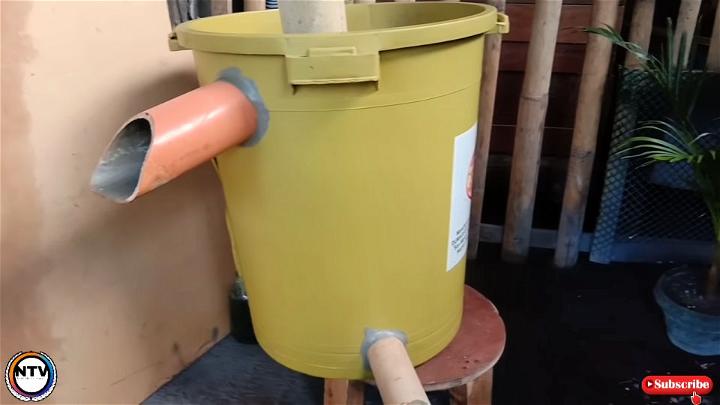
With a bucket, some plumbing parts, and the right filter media, you can assemble a compact and effective pond filter. This approach suits smaller ponds perfectly, ensuring crystal-clear water through mechanical and biological filtration within a confined space.
15. Double Trashcan Pond Filter

Double the filtration capacity by using two trash cans linked together. The first can host mechanical filtration, catching larger debris, while the second houses biological media, enhancing water purification. This setup efficiently manages larger volumes of water, keeping your pond ecosystem thriving.
16. Mega Pond Filter for Outdoor Pond
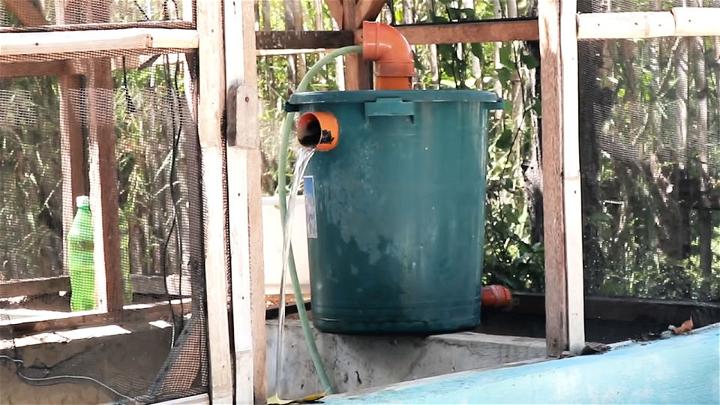
For expansive outdoor ponds, a mega filter offers superior cleaning capabilities. Incorporating multiple chambers for different stages of filtration, this system ensures high-quality water. It's ideal for maintaining clarity and health in large ponds or water gardens.
17. Simple 5 5-gallon bucket Pond Filter
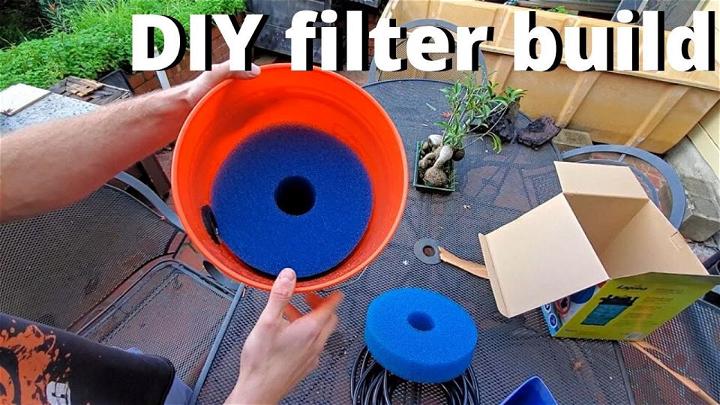
A 5-gallon bucket provides the basis for a straightforward, yet effective pond filter. Perfect for small ponds, it uses both mechanical and biological filtration to keep water clean. It's a great DIY project that yields significant improvements in water quality.
18. DIY Pond Filtration Systems
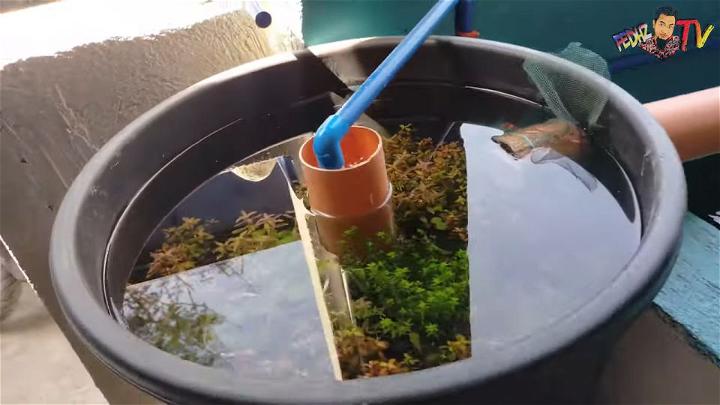
Building your pond filtration system allows for customization to meet specific needs. Whether using buckets, barrels, or canisters, you can design a system incorporating mechanical, biological, and even chemical filtration to achieve pristine pond conditions.
19. Homemade Submersible Pond Filter
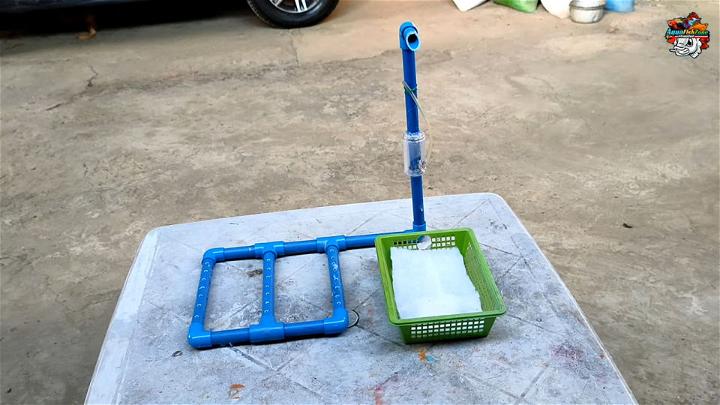
Make a submersible pond filter by housing a sponge and bio-media within a sturdy container that sits underwater. This hidden system works efficiently to clean water directly in the pond, blending seamlessly with the aquatic environment while providing excellent filtration.
20. Built a Pond Waterfall Filter

Integrating a waterfall feature with filtration adds beauty and functionality to your pond. Construct a waterfall filter using rocks, gravel, and filter media to naturally cleanse water while making a captivating visual and auditory experience. This approach enhances pond health and aesthetics in one stroke.
Conclusion:
In conclusion, making a DIY pond filter is a cost-effective and efficient way to maintain the cleanliness and health of your pond. By following the step-by-step guide provided in this article, you can easily customize a filter that suits your pond size and needs. Don't overlook the benefits of a well-maintained pond, and start building your DIY filter today!

